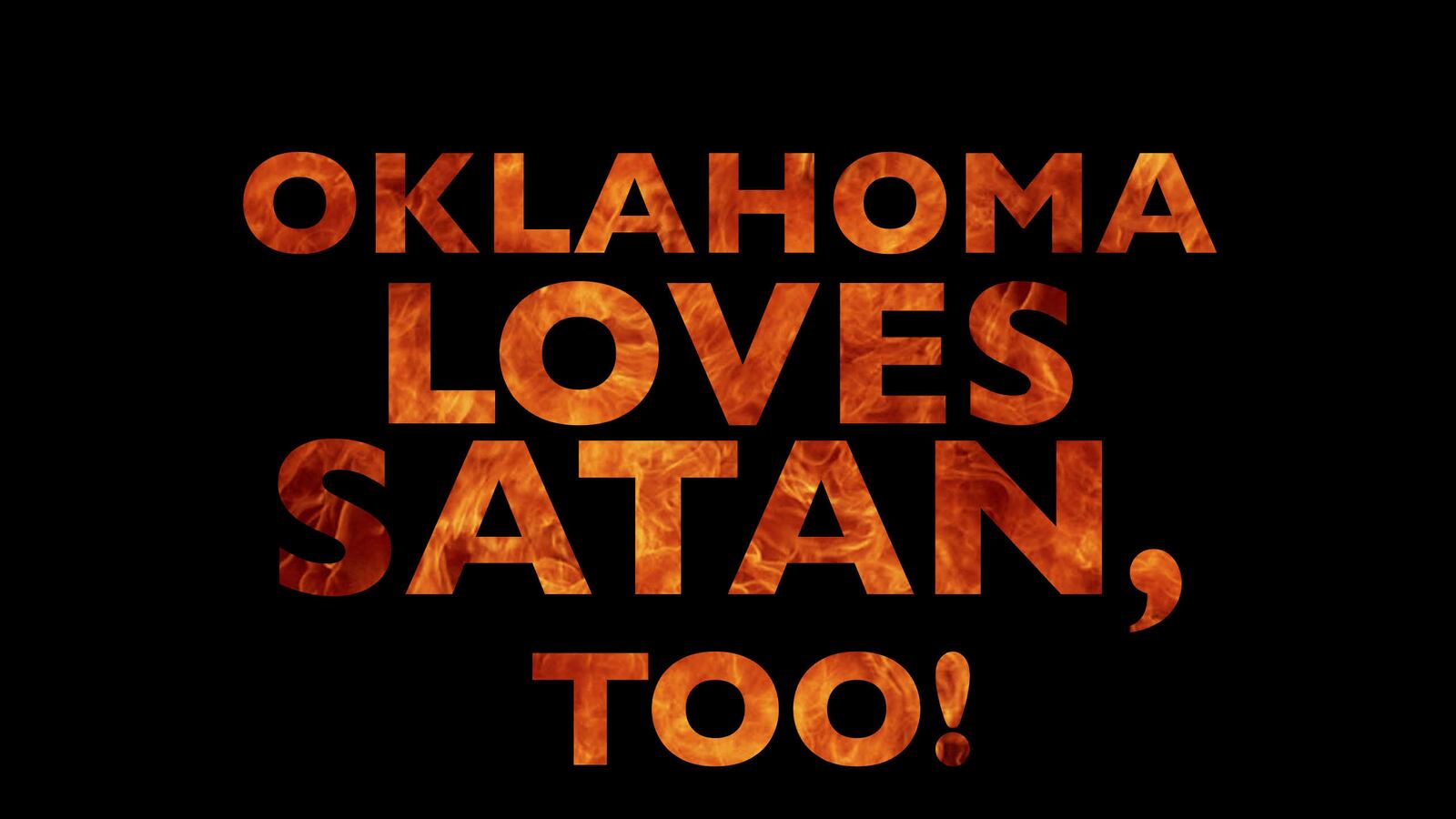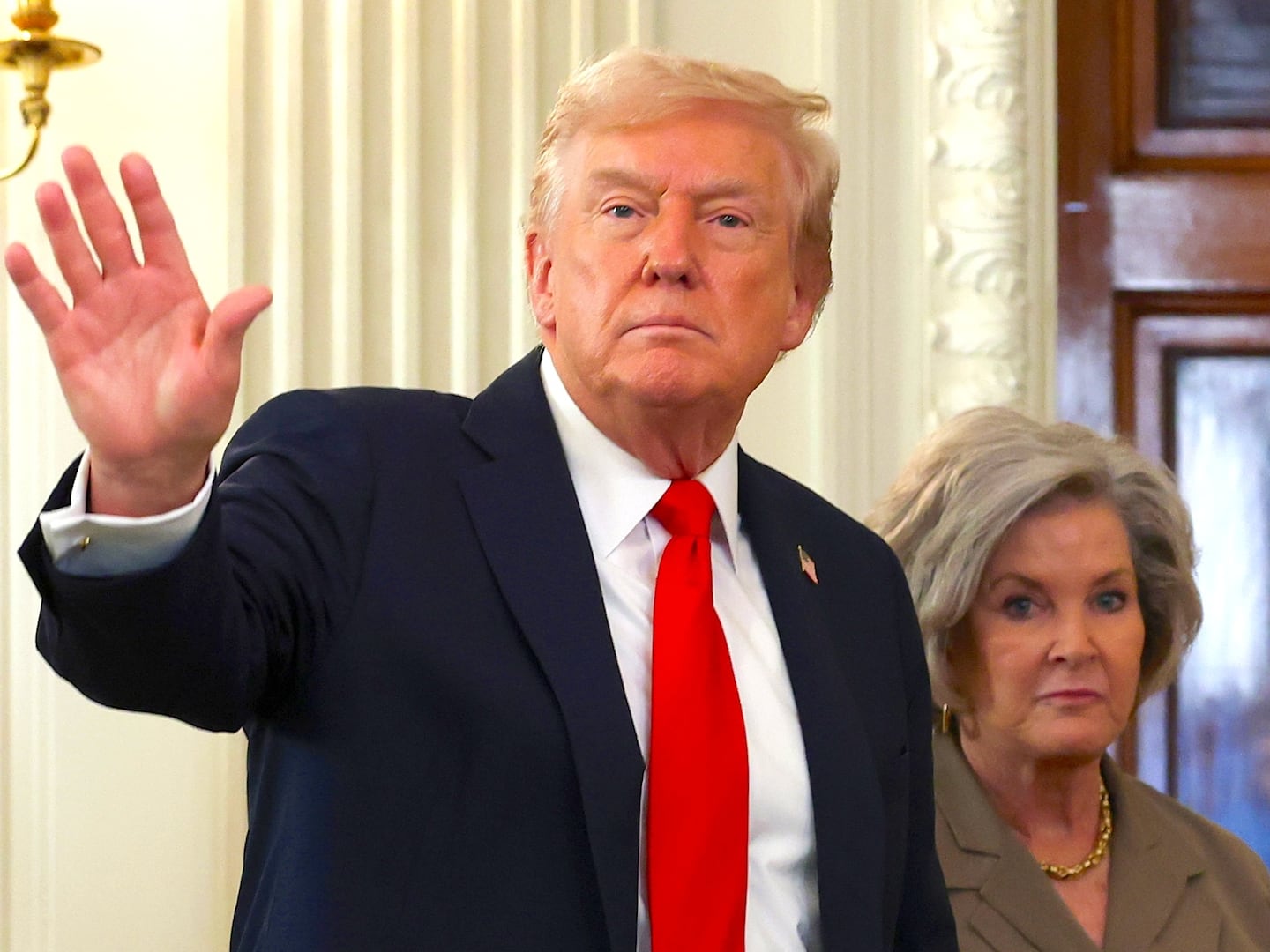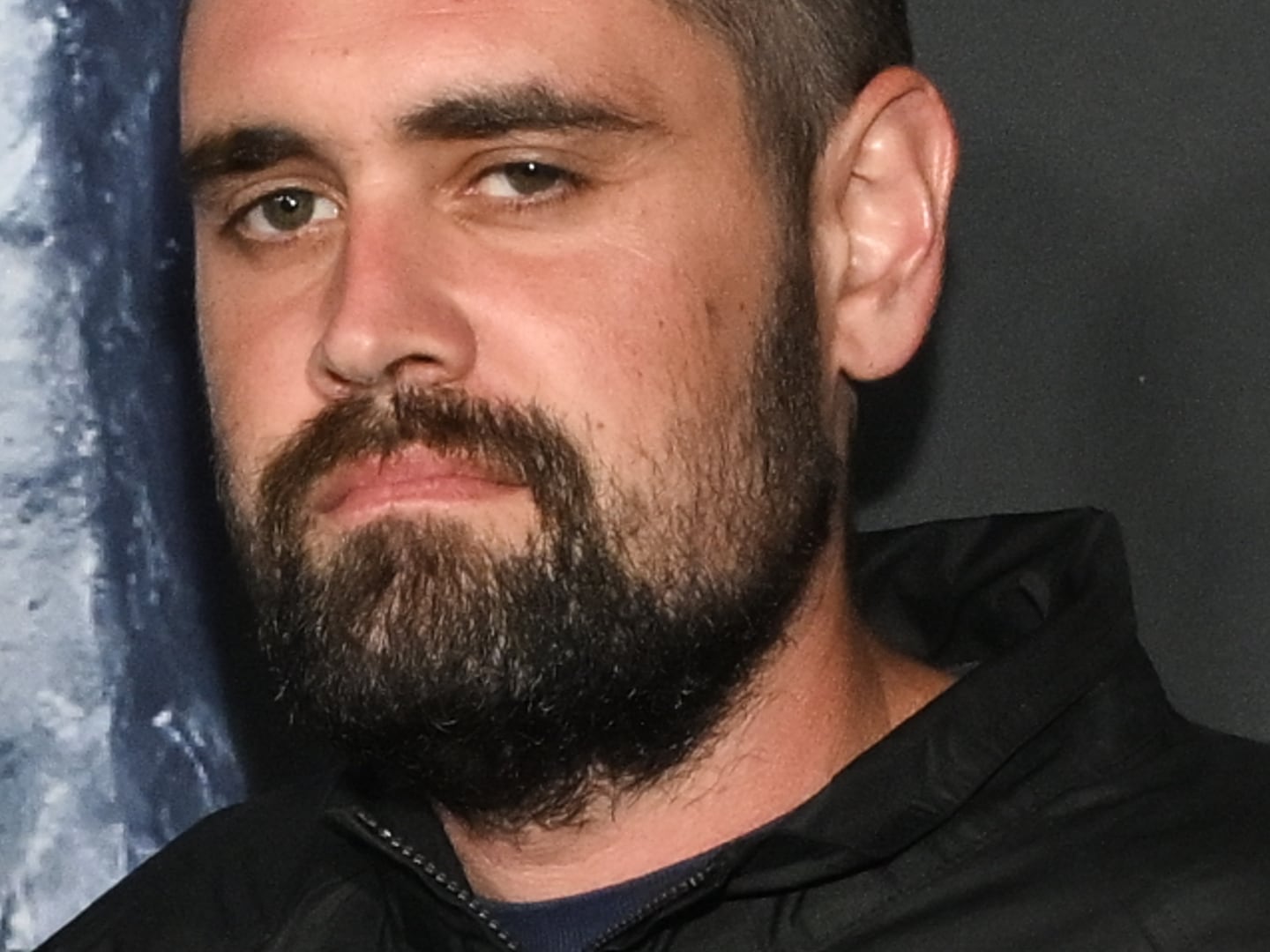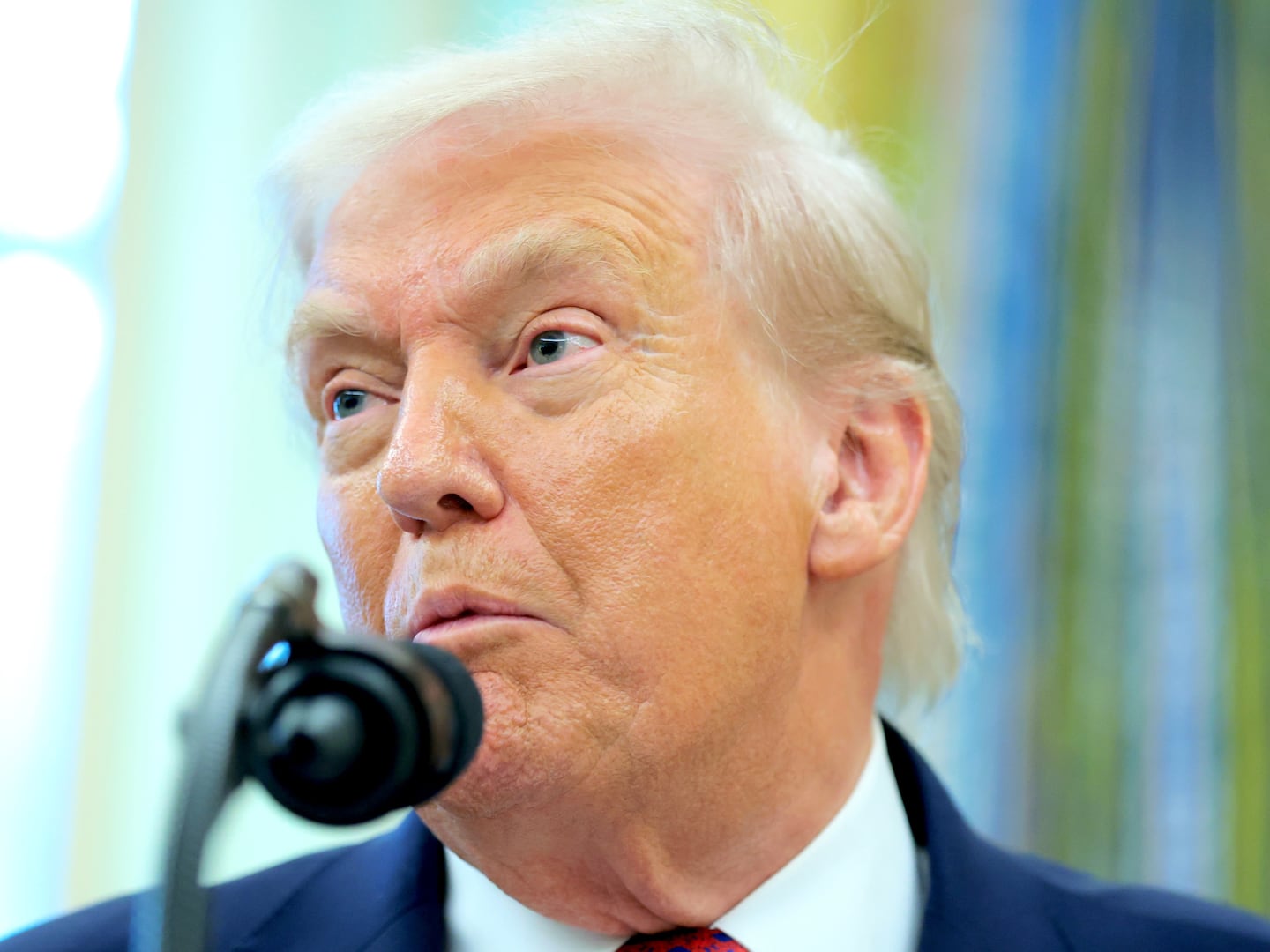Leave it to the Satanists to bring new fun to the shopworn church-state debate.

In November of last year, a monument to the Ten Commandments was erected on the grounds of the Oklahoma statehouse. The display was the pet project of State Rep. Mike Ritze, who not only spearheaded the legislative approval required, but whose family kicked in a cool $10,000 of the project’s overall cost. The monument stood for nine months, more or less unnoticed by the outside world, until the ACLU filed a lawsuit calling for its removal. But even as the suit bubbled steadily along, no one seemed to pay it much attention. Until…
On December 1, a press release went out from the New York-based Satanic Temple, offering “to donate a public monument to Oklahoma’s Capitol Preservation Commission for display upon Oklahoma City’s capitol grounds.” The group pitched the monument as “an homage” to Satan, meant “to complement and contrast the Ten Commandments monument that already resides on the North side of the building.” As temple founder and spokesman Lucien Greaves elaborated, “Allowing us to donate a monument would show that the Oklahoma City Council does not discriminate, and both the religious and non-religious should be happy with such an outcome.”
The news that Satanists were launching a Christmastime assault in the buckle of the Bible belt—under the guise of religious freedom, no less—prompted precisely the national buzzfest you’d expect. Everyone was shaking their heads: some in outrage, others in amusement. Rep. Ritze regretfully informed me that, on the advice of counsel, he could not comment on the matter. By contrast, his fellow lawmakers have been vigorously denouncing the Satanists as something between nutjobs and jokers.
Which is precisely what the Satanic Temple was aiming for.
To clarify, the Satanic Temple is neither satanic nor a temple in any commonly understood sense. Its members do not worship dark forces nor conduct mysterious rituals in shadowy chambers. The group, in fact, rejects the whole idea of the supernatural and holds among its core principles, as Greaves (himself an atheist) explains in a phone interview, a respect for “individual independence, personal sovereignty, and a pursuit of knowledge.”
So practically speaking, the Satanic Temple is less a religion than a small band of guerilla activists. Greaves and a handful of friends founded it in January as a vehicle for a cheeky, in-your-face brand of political theater. Their first move was to stage a mock “rally” cheering Florida Gov. Rick Scott’s signing of a bill allowing public school students to read “inspirational messages” at school events. (While the word “prayer” was snipped from the bill’s final language, it was widely seen as a way to slip religion back into the schools.) Toting a banner trumpeting “Hail Satan! Hail Rick Scott!” a smattering of participants took to the steps of the capitol building in Tallahassee in their best goth garb. A temple statement gushed: “The Satanic Temple embraces the free expression of religion, and Satanists are happy to show their support of Rick Scott who—particularly with SB 98—has reaffirmed our American freedom to practice our faith openly, allowing our Satanic children the freedom to pray in school.”
At the time, there was much confusion about what Greaves was up to. Initially, some folks took the event at face value (including MSNBC’s recently departed Martin Bashir). Pretty quickly, however, the entire spectacle was dismissed as a hoax when it was revealed that, a few weeks earlier, Greaves had ++posted an online ad++ seeking actors “to play minions” for a mockumentary called The Satanic Temple. [] (Plans for any film have since been shelved.)
Greaves insists the reality lies somewhere in between. The temple, explains its leader, was conceived as a “poison pill in the church-state debate,” a way to drive home the “unintended consequences” of a culture-war move such as Scott’s embrace of school prayer. Typically, observes Greaves, the church-state divide pits secularists and constitutional watchdogs like the ACLU against “the voice of the religious agenda.” As an alternative religious player, says Greaves, the Satanic Temple provides yet another “counterbalance.” The group’s style is humorous—often darkly so—but its purpose, asserts Greaves, is genuine.
This summer, the humor got dark indeed when the temple decided to take on Fred Phelps Jr., head of the viciously anti-gay Westboro Baptist Church. Traveling to Meridian, Mississippi, where Phelps’s late mother is interred, temple members performed a graveside “ritual”—complete with same-sex smooching and Greaves decked out in a high-priest ram’s-horn headdress—aimed at turning the spirit of Phelps’s mother gay. They likened the ceremony, dubbed a “Pink Mass,” to the Mormon Church’s practice of post-mortem baptisms. Greaves called on other gay couples to visit the grave and suggested that more conversions were to come: “We haven’t gayed Fred’s father yet, or his great-aunt, Irene Jordan, who raised him after his mother died. We will perform Pink Masses for each of them, and more descendants of the Phelps, each time they picket funerals or applaud horrific terrorist actions, as they are known to do. Fred himself is getting pretty long in the tooth, and I hope to be presiding over his Pink Mass before long.” Meridian police were not amused and vowed to collect affidavits with an eye toward arresting the perpetrators.
It’s hard to know how seriously to take Greaves’s stunts. He discusses the temple’s activities with a faux earnestness and naïveté so over-the-top that even he can’t help but burst out giggling at times. The temple’s aim is not to provoke but to “fix problems,” he insists oh-so-innocently. In one breath he explains its goal of throwing a “monkey wrench” into the church-state debate; in the next, he muses, “Mike Ritze might not have been inviting Satanists to Oklahoma.”
Greaves the man is equally—and intentionally—hard to get a read on. “I’m scared shitless for my family,” he tells me. “That’s why I’m intentionally vague on personal details.” That he is, declining to discuss his student days (he reportedly studied neuroscience at Harvard) or his age. Even his name is a nom de guerre: Before launching the Temple, he went by the somewhat less evocative Doug Mesner. A resident of Cambridge, he acknowledges a background in “fringe religious groups and culty behavior” that he traces back to the “satanic panic” of the ‘80s and ‘90s. In college, Greaves grew increasingly disturbed by the controversial field of recovered-memory therapy, particularly as it relates to satanic ritual abuse. It is on this subject that the professional mischief-maker becomes audibly passionate, raging about the lives he believes have been ruined by the quackery of “a fringe set of therapists.”
These days, Greaves regards traditional religion in general as both dangerously superstitious and exclusionary. Which brings us back to Oklahoma. Currently, the Satanic Temple’s core membership (around 10 people, estimates Greaves) is reviewing design options for the proposed monument and plans to unveil its final pick within the week—quite possibly on live TV. Greaves says he’s rooting for his own design, which features an interactive display aimed at showing kids the “fun” side of Satanism. (Nope. No intent to provoke there.)
Asked if he really thinks there’s a chance in hell that Oklahoma officials will approve the temple’s request, Greaves ducks the question, notes quizzically that “a lot of people seem very pessimistic about that,” then suggests I give Mike Ritze a call about the issue.
Whatever the outcome of this episode, Greaves expresses hope that the publicity will help the temple expand its influence and spread its gospel. “People will have to consider whether it’s tenable to have religion in the public square,” he says, “because we’ll always be there if it is.”






